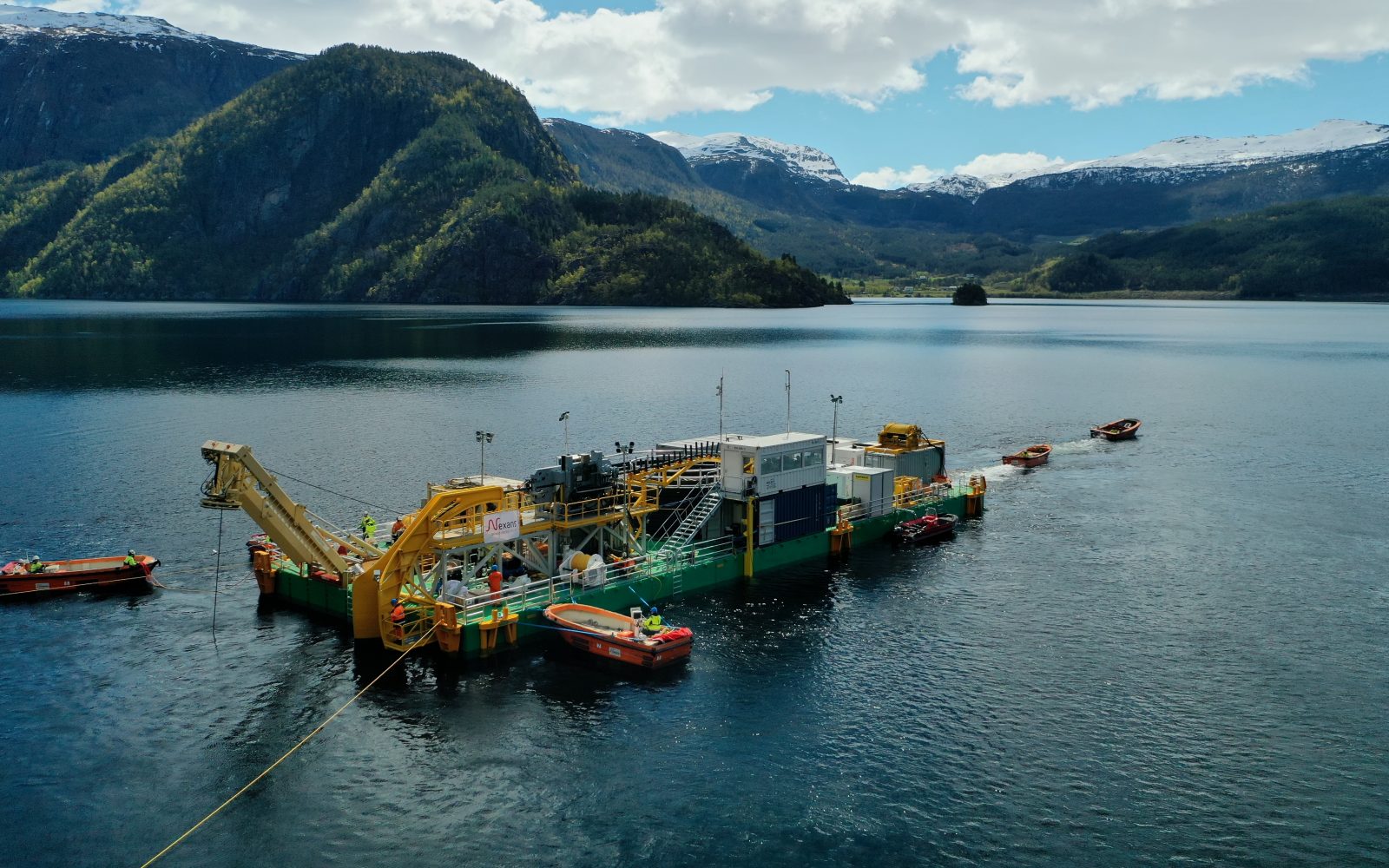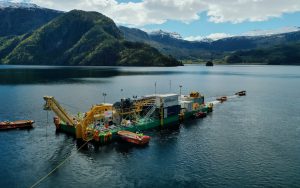Incoming US president Donald Trump, whose campaign ran on the slogan “drill, baby, drill”, has already reopened a quarrel with the UK’s offshore wind development in the North Sea and is unlikely to stop there.
Perhaps in anticipation of this, current American president Joe Biden has rushed through legislation banning offshore oil drilling across the entire Atlantic coast and eastern Gulf of Mexico, as well as the Pacific coast off California, Oregon and Washington, and a section of the Bering Sea off Alaska. A White House statement said the declaration protects more than 253 million hectares of water.
In a radio interview, Trump said he will reverse the ban “immediately”, stating “I have the right to unban it”.
Oil and gas industry in decline
In many ways, by denying the possibility of clean energy and doubling down on oil, Trump is tying himself to a sinking ship. In the North Sea, for example, oil reserves are nearing complete depletion.
A Reuters report shows that North Sea oil production has been in steady decline since the early 2000s. The basin reached a peak output of 4.4 million barrels of oil equivalent per day (boe/d) at the start of the millennium, dropped to 1 million boe/d in 2024 and is set to decline to 660,000 boe/d by 2029.
It is lucky, then, that it has become one of the world’s largest and fastest growing offshore wind basins.
Read more: Current+






